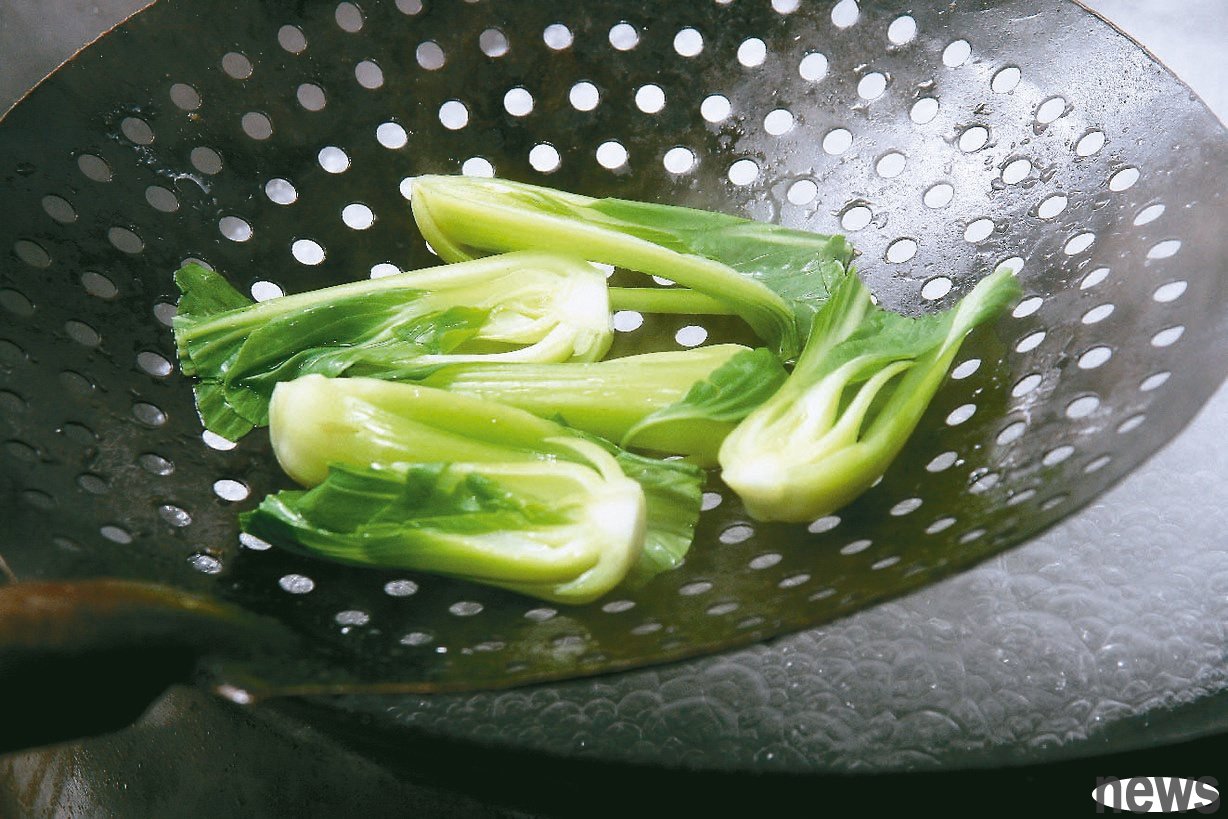Blanching is a practical kitchen technique, especially suitable for people who like fresh ingredients in cold farm markets. According to The Takeout report, the process of blanching fruits and vegetables is to quickly put the ingredients into boilin...

Blanching is a practical kitchen technique, especially suitable for people who like fresh ingredients in cold farm markets. According to The Takeout report, the process of blanching fruits and vegetables is to quickly put the ingredients into boiling water and then move them into ice water to cool. This alternating step of heat and cold can not only effectively kill bacteria, but also inactivate the enzymes that promote vegetables to deteriorate.
Burning helps keep the vegetables fresh, scented, and tasteful, and it will still be as delicious as before even after being kept cold. At the same time, it prevents vegetables from drying when cooked in the oven or frying, making it more convenient for thin-skinned fruits and vegetables that need to be peeled. For example, when there is no can of peeled tomatoes on your hands, the fresh tomatoes that are quickly blanched will be lightly removed except for the crust.
However, just like many seemingly simple techniques, people tend to overthink this process. For example: Will blanch it with other liquids such as wine or soup make the taste better? Should bottled water be used to get a purer texture? Is it okay to have water? The Takeout specially visited the main chef Tara. Tara Punzone, the author of the book Vegana Italiana and the founder of Pura Vita, the first pure Italian restaurant and bar in the United States. He has a deep understanding of vegetable cuisine.
Panzoni's suggestion is very simple. "I usually use self-made water when blanching vegetables, or filtered self-made water." She emphasized that there is no need to spend extra costs to buy expensive water or liquid to blanch vegetables, which will not only waste money, but may be the opposite.
Why is it recommended to use self-service water?As long as you trust the quality of local water, it is the best choice for blanching vegetables. Bottle water is usually more acidic, while Panzoni recommends avoiding acidic water. "Most of them are slightly swelling in water, which is very suitable for blanching." She said, "Acidual water will destroy the color of vegetables because acid will decompose pigments, especially green vegetables."
If blanching with other liquids, it may bring unsatisfactory results. Wine types (such as white wine) are acidic and are not recommended; while the pH value of high-solutions is usually acidic. And because the blanching time is short, the vegetables cannot fully absorb the taste of these liquids.
Panzoni pointed out that "the only additional ingredient that can be added is salt." She suggested, "use a lot of salt water when blanching." Salt not only tastes good, but also prevents nutrient loss, and makes vegetables tenderer and shortens cooking time. When finally immersed in ice water, most of the salt branches will be wiped away without worrying about the saury.
Tips for blanching vegetablesVegetables such as corn, cauliflower, red beans, green beans, and sauerkraut are very suitable for blanching. Leaf vegetables such as charcoal leaves, kale, spinach, etc. can also be used. Remember to wash and cut the vegetables first.
The bigger the pill, the better. "Vegetables should be able to be freely rolled in water, so they will be evenly blanched." Panzoni reminded.
When vegetables are put into water, the temperature of the water will decrease. If the blanching time is insufficient, it will be worse than not blanching. Because hot water will shorten the enzymes that destroy vegetables, if they are discharged too early, even if ice water is added, the activity of these enzymes cannot be prevented. Increasing the amount of water can maintain the water temperature.
Prepare sufficient ice water and filter nets or spoons, and move quickly. "After letting the vegetables enjoy a hot water bath, put them in ice water and cool them immediately." Panzoni suggested.
Different vegetables have different heat tolerance: Leaf vegetables only take a few seconds, hard vegetables such as whole red sausage take about 5 minutes, and most vegetables take about 2 to 3 minutes.
Put out the vegetables and put them in ice water immediately, which can quickly cool and achieve a fresh and preserve the effect, keeping the vegetables fresh and bright, "This is the key to keeping the vegetables delicious." Panzoni concluded.